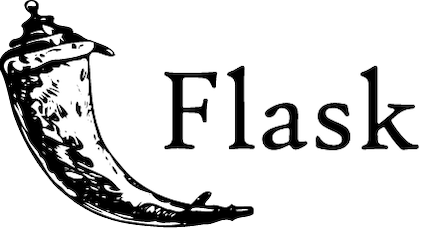How To Install Flask on Fedora 38

In this tutorial, we will show you how to install Flask on Fedora 38. Are you looking to build web applications on Fedora 38? Flask, a popular Python web framework, can be a great option. With its lightweight and easy-to-use structure, Flask is perfect for creating simple to complex web applications. In this article, we’ll show you how to install Flask on Fedora 38 and get started with building web applications.
This article assumes you have at least basic knowledge of Linux, know how to use the shell, and most importantly, you host your site on your own VPS. The installation is quite simple and assumes you are running in the root account, if not you may need to add ‘sudo‘ to the commands to get root privileges. I will show you the step-by-step installation of the Flask web framework on a Fedora 38.
Prerequisites
- A server running one of the following operating systems: Fedora 38.
- It’s recommended that you use a fresh OS install to prevent any potential issues.
- SSH access to the server (or just open Terminal if you’re on a desktop).
- An active internet connection. You’ll need an internet connection to download the necessary packages and dependencies for Flask.
- A
non-root sudo useror access to theroot user. We recommend acting as anon-root sudo user, however, as you can harm your system if you’re not careful when acting as the root.
Install Flask on Fedora 38
Step 1. Before proceeding, update your Fedora operating system to make sure all existing packages are up to date. Use this command to update the server packages:
sudo dnf upgrade sudo dnf update
Step 2. Installing Python.
Flask requires Python 3 to be installed on your system. To install Python 3 on Fedora 38, open your terminal and run the following command:
sudo dnf install python3 sudo dnf install python3-pip
For additional resources on installing Python, read the post below:
Step 3. Create a Virtual Environment.
It is always a good practice to create a virtual environment before installing any Python package. This ensures that any package you install will not conflict with any other packages on your system. To create a virtual environment for Flask, run the following command:
python3 -m venv myflaskenv
Now that you have created a virtual environment, activate it by running the following command:
source myflaskenv/bin/activate
Step 4. Installing Flask on Fedora 38.
Now that you have Python 3 installed, you can use pip to install Flask:
pip3 install flask
Step 5. Test Flask Installation.
Once you have installed Flask, you can configure it by creating a simple “Hello World” application. Follow these steps:
nano ~/app.py
Add the following code to the file:
from flask import Flask app = Flask(__name__) @app.route('/') def hello(): return 'Hello, World!' if __name__ == '__main__': app.run()
Save and exit the file, then test your Flask application using the following command below:
python3 ~/app.py
Congratulations! You have successfully installed Flask. Thanks for using this tutorial for installing the Flask web framework on your Fedora 38 system. For additional help or useful information, we recommend you check the official Flask website.